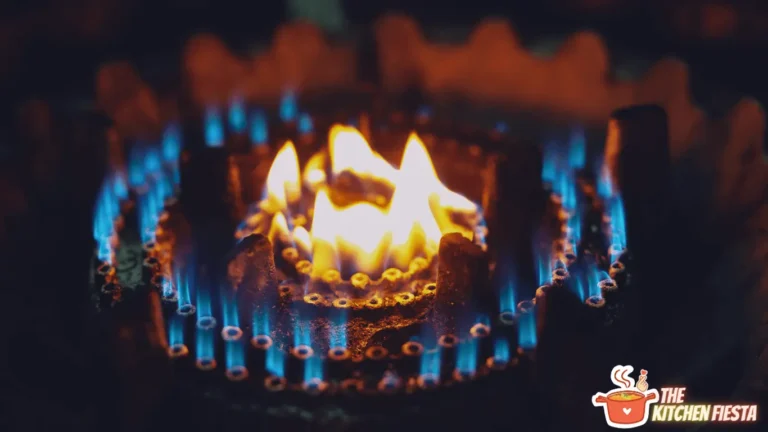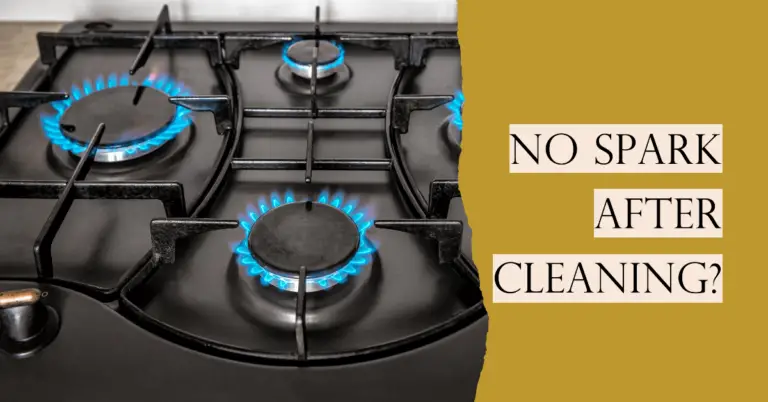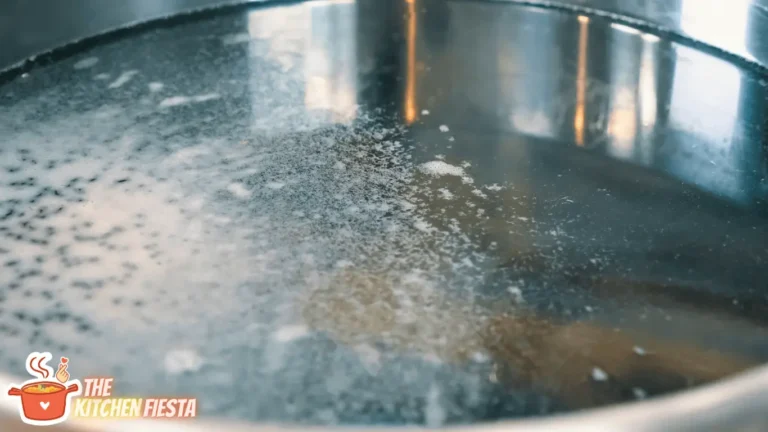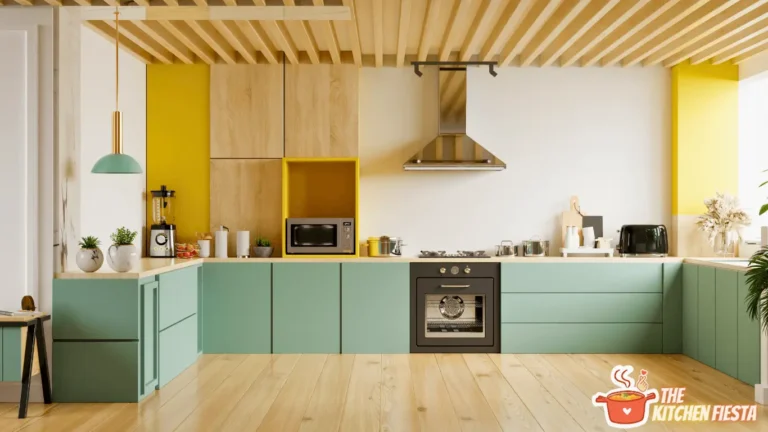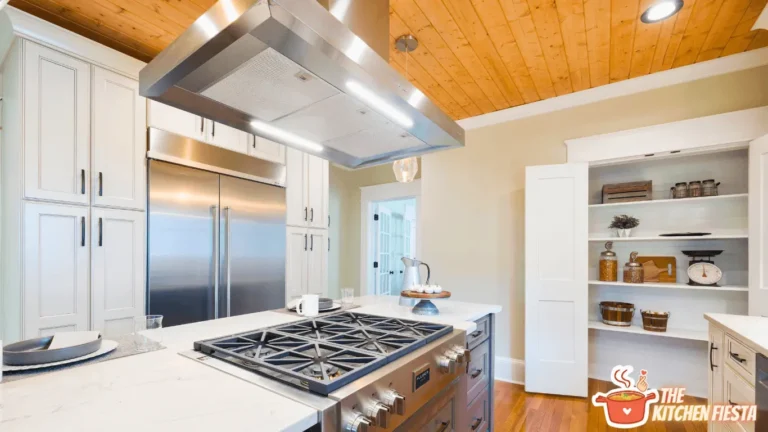Can You Use a Butane Stove Indoors? Safety Tips and Guidelines
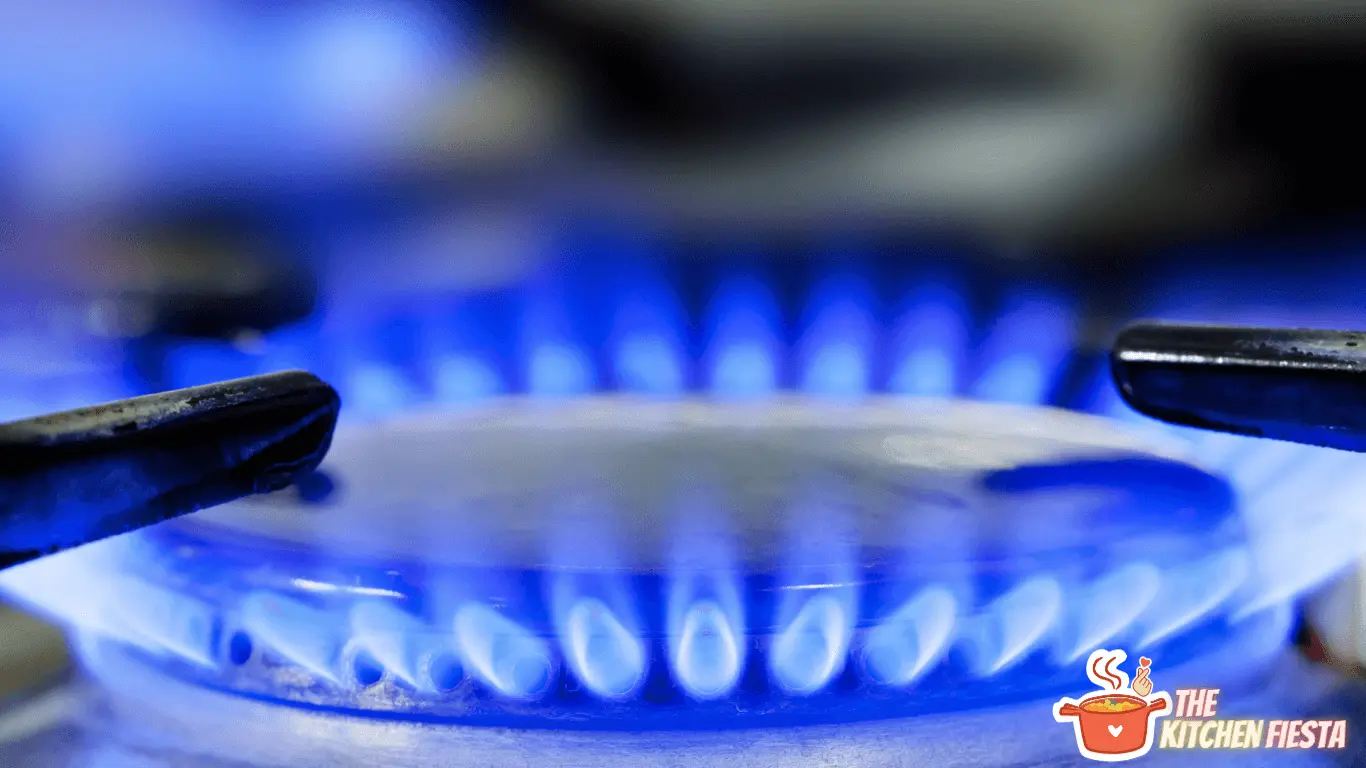
Butane stoves are popular for outdoor cooking due to their portability and ease of use. However, many people wonder if they can use these stoves indoors. The short answer is yes but with some important caveats.
While it is possible to use a butane stove indoors, it is not officially recommended. These stoves are designed for outdoor use and can give off carbon monoxide, a deadly gas if used in an enclosed space without proper ventilation. When using a butane stove indoors, it is essential to have adequate ventilation, such as opening a window. Additionally, it is crucial to choose a single burner with an on/off switch and adjustable flame for safety purposes.
In this article, we delve into indoor butane stove usage, unraveling safety tips and guidelines to savor convenience without compromising on safety.
Understanding Butane Stoves
1. Definition and Function
Butane stoves are portable cooking devices that use butane gas as fuel. They are commonly used outdoors for camping, picnicking, and other outdoor activities. Butane stoves are compact, lightweight, and easy to use, making them popular for outdoor enthusiasts.
Butane stoves convert liquid butane fuel into a gas that can be ignited to produce heat. The fuel is stored in a pressurized canister connected to the stove via a hose. When the stove is turned on, the fuel flows from the canister to the stove, where a spark or a flame ignites it.
Butane stoves are designed to be easy to use and maintain. They are typically equipped with adjustable burners, wind guards, and automatic ignition systems. They are also easy to clean, with most models featuring removable drip trays and grates.
2. Types of Butane Stoves
There are several types of butane stoves available on the market, each with its unique features and benefits. Some of the most common types of butane stoves include:
- Single Burner Stoves: These are compact and lightweight, perfect for camping and other outdoor activities. They typically feature a single burner and are easy to use and maintain.
- Double Burner Stoves: These are larger and more powerful than single burner stoves. They are ideal for cooking larger meals and for various outdoor activities.
- Backpacking Stoves: These stoves are designed for backpackers and outdoor enthusiasts needing a lightweight and compact cooking solution. They are typically small enough to fit in a backpack and are easy to use and maintain.
- Tabletop Stoves: These stoves are designed for use on a tabletop or other flat surface. They are typically more extensive and potent than single burner stoves and ideal for cooking larger meals.
Butane stoves are a convenient and easy-to-use cooking solution for outdoor enthusiasts. While they can be used indoors, following the manufacturer’s instructions and taking proper safety precautions is essential to minimize the risk of accidents.
Indoor Use of Butane Stoves
When it comes to using butane stoves indoors, specific safety measures need to be taken into consideration. These stoves are primarily designed for outdoor use but can be used indoors with proper ventilation and safety precautions.
1. Safety Measures
To ensure safe indoor use of butane stoves, it is essential to follow these safety measures:
- Proper ventilation is crucial when using butane stoves indoors. Make sure to open windows and doors to allow fresh air to circulate.
- Use the stove in a well-lit area to avoid any accidents.
- Always keep a fire extinguisher nearby in case of emergencies.
- Avoid placing the stove on flammable surfaces, such as carpets or wooden floors.
- Please do not leave the stove unattended while it is in use.
- Keep the stove away from children and pets.
2. Potential Risks
Using butane stoves indoors without proper precautions can pose serious risks. The main threat is carbon monoxide poisoning, which can occur when the stove is not properly ventilated. Carbon monoxide is a colorless, odorless gas that can be deadly if inhaled in large amounts.
Other potential risks include:
- Fire hazards due to flammable surfaces or leaving the stove unattended.
- Burns and injuries due to accidental contact with the hot stove.
- Explosions due to gas leaks or improper use of the stove.
Alternatives to Indoor Butane Stoves
While butane stoves can be a convenient option for indoor cooking, several alternatives are available. Here are a few options to consider:
1. Electric Hot Plates
Electric hot plates are a popular alternative to butane stoves for indoor cooking. They are easy to use and can be plugged into any standard electrical outlet. Electric hot plates come in various sizes and styles, so you can find one that fits your needs and budget.
2. Propane Stoves
Propane stoves are another option for indoor cooking. They are similar to butane stoves in that they are portable and can be used indoors or outdoors. However, propane stoves are more potent than butane stoves, so they heat food faster.
3. Charcoal Grills
Charcoal grills can be used for indoor cooking if you have a well-ventilated area. They are an excellent option for cooking meat and vegetables, and they can give your food a delicious smoky flavor. Charcoal grills can be messy, so be sure to use them in an easily clean area.
4. Wood-Burning Stoves
Wood-burning stoves are a traditional option for indoor cooking. They are great for cooking soups, stews, and other slow-cooked dishes. Wood-burning stoves can be more challenging than other options, but they can be a great way to add some rustic charm to your cooking.
Conclusion
In summary, it is possible to use a butane stove indoors, but it is not officially recommended. Butane stoves are designed primarily for outdoor use. When used indoors, they can pose serious health and fire hazards if not used and stored correctly.
One of the main concerns with using a butane stove indoors is carbon monoxide production. This colorless and highly flammable gas can be lethal in enclosed spaces. It is essential to have proper ventilation, such as opening a window, to prevent the buildup of carbon monoxide. Additionally, butane stoves should only be used in well-ventilated areas, away from flammable materials, and never left unattended.
While butane stoves can be a convenient and portable option for cooking in outdoor settings, they should be used with caution when used indoors. It is always best to follow manufacturer instructions and safety guidelines and use alternative cooking methods, such as electric or gas stoves.
Overall, the decision to use a butane stove indoors should be made with caution and careful consideration of the potential risks involved.
Frequently Asked Questions
Is it safe to use a portable butane stove indoors?
A portable butane stove indoors is not recommended, as it can pose serious health and fire hazards. Butane is a highly flammable gas that can lead to carbon monoxide poisoning if used in an enclosed space without proper ventilation.
Can you use a butane stove in a well-ventilated room?
While using a butane stove in a well-ventilated room can reduce the risk of carbon monoxide poisoning, it is still not recommended to use it indoors. Butane stoves are designed for outdoor use and should be used in open spaces to avoid accidents.
What are the risks of using a butane stove indoors?
Using a butane stove indoors can lead to carbon monoxide poisoning, which can cause headaches, dizziness, nausea, and even death. It can also pose a fire hazard if not used and stored correctly.
Are there any safety precautions to take when using a butane stove indoors?
If you must use a butane stove indoors, ensure proper ventilation, such as opening a window or using a fan. Opt for butane stoves with built-in safety features, such as flame failure devices that cut off the gas supply if the flame goes out or pressure regulators that control gas flow. Always keep a fire extinguisher nearby, and never leave the stove unattended.
Can you use a portable gas stove indoors as long as you have proper ventilation?
While proper ventilation can reduce the risk of carbon monoxide poisoning, using a portable gas stove indoors is still not recommended. Gas stoves are designed for outdoor use and should be used in open spaces to avoid accidents.
Is it safe to use a butane stove for indoor cooking?
No, using a butane stove for indoor cooking is not safe. Butane stoves are designed for outdoor use and should be used in open spaces to avoid accidents. Indoor cooking should be done on a stove designed for indoor use, such as an electric or gas stove.

